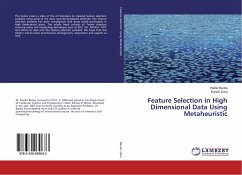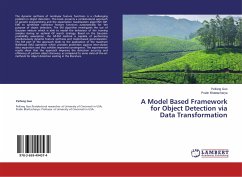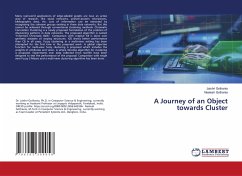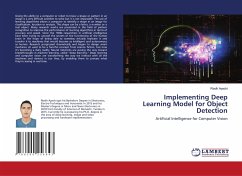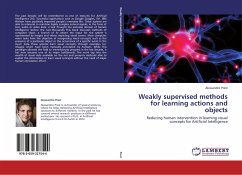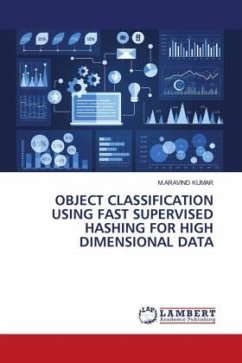
OBJECT CLASSIFICATION USING FAST SUPERVISED HASHING FOR HIGH DIMENSIONAL DATA
Versandkostenfrei!
Versandfertig in 6-10 Tagen
29,99 €
inkl. MwSt.

PAYBACK Punkte
15 °P sammeln!
This book summarizes The primary concern of supervised hashing is to convert the original features into short binary codes that can maintain label similarity in the Hamming space. Due to their strong generalization capabilities, non-linear hash functions have shown to be superior than linear ones. Kernel functions are frequently utilized in the literature to create non-linear hashing, which results in encouraging retrieval performance but long evaluation and training times. Here, we suggest using boosted decision trees, which are quick to train and assess and are hence more suited for hashing ...
This book summarizes The primary concern of supervised hashing is to convert the original features into short binary codes that can maintain label similarity in the Hamming space. Due to their strong generalization capabilities, non-linear hash functions have shown to be superior than linear ones. Kernel functions are frequently utilized in the literature to create non-linear hashing, which results in encouraging retrieval performance but long evaluation and training times. Here, we suggest using boosted decision trees, which are quick to train and assess and are hence more suited for hashing with high dimensional data. As part of continuous improvement, we first suggest sub-modular formulations for the hashing binary code inference issue as well as an effective block search technique based on Graph Cut for large-scale inference. Then, we train boosted decision trees to suit the binary codes in order to learn hash functions. Experiments show that in terms of retrieval precision and training duration, our suggested strategy greatly surpasses the majority of state-of-the-art methods.






